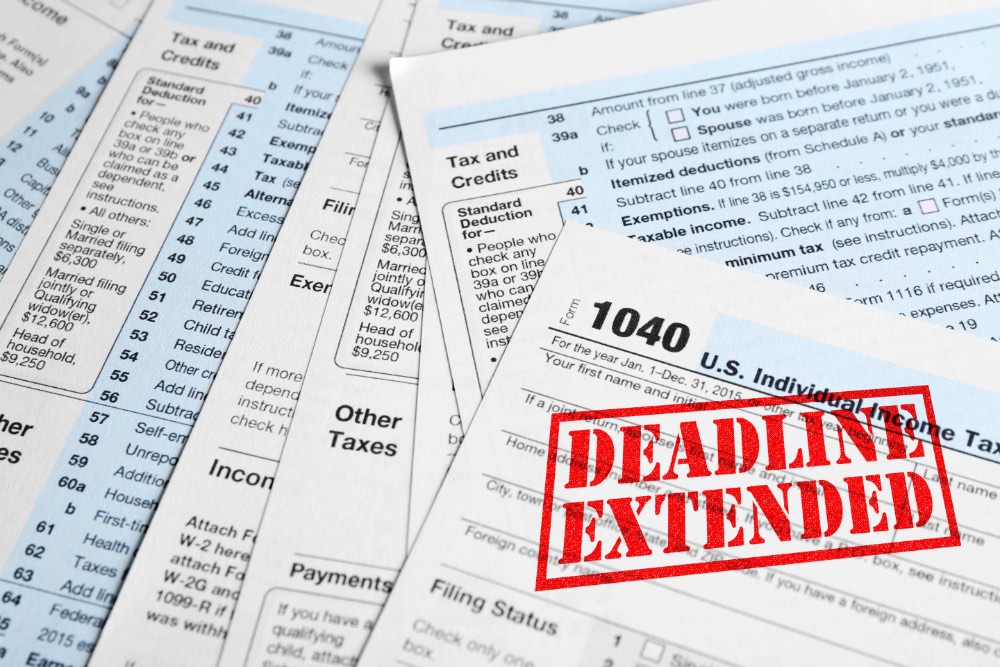Updated on June 8th – On June 5th, President Trump signed into law the Paycheck Protection Program Flexibility Act of 2020, which amends the Small Business and CARES Act. This action provides more time for borrowers to qualify for loan forgiveness and eases the restrictions on how much of the forgivable portion of the loan proceeds must be used for payroll costs. Below are the noteworthy changes that affected the original article:
- Loan Maturity Date Extended. Borrowers now have five years, up from two, after the forgiveness period to repay any portion of loans that were not forgiven. Also, the deferment period is extended from six months to the date the borrower’s forgiveness amount is determined.
- Eligibility Restrictions on Forgivable Expenses Eased. Borrowers now have 24 weeks from the loan origination date or until December 31, 2020 to qualify for loan forgiveness, which is extended from eight weeks. Loan application deadline remains June 30, 2020.
- Deadline Extended for Measuring FTE and Salaries. The deadline to fully return Full Time Equivalent “FTE” headcount and salaries to February 15, 2020 levels, has been extended to December 31, 2020. This deadline must be met in order to eliminate the reductions for loan forgiveness. There is are two exceptions: The first is when the borrower is able to document an inability to rehire individuals or inability to hire similarly qualified employees for unfilled positions. The second exception is when the borrower cannot fully operate due to inability to meet safety standards for employees and customers.
- Payroll Cost Allocation Reduced. For loan forgiveness, 60% of the loan must be used for payroll costs, which is down from 70%. The legislation also clarified that borrowers can defer 50% of the employer’s share of payroll taxes until 2021 and the remaining 50% until 2022.
Make Sure Your Loan is Forgiven
The Coronavirus Aid, Relief, and Economic Security (CARES) Act provided for small businesses to receive low-interest loans under the Paycheck Protection Program (PPP). At this writing, Congress is considering additional billions in funding to replenish the depleted program. Meanwhile, here is an overview of the program.
WHO CAN APPLY
Loans may be available to businesses with fewer than 500 employees that were in operation on February 15. This includes not-for-profits, veterans’ organizations, Tribal concerns, self-employed individuals, sole proprietorships, and independent contractors. According to the SBA and Treasury, some businesses with more than 500 employees in certain industries also can apply for loans.
Specific loan amounts are calculated as two months of a company’s pre-coronavirus average monthly payroll costs plus an extra 25%. The PPP loans have a 1% interest rate and a five-year repayment term, which is deferred for the first six months.
LOAN FORGIVENESS
The loan may be fully, or partially forgiven provided the company appropriates at least 60 percent of the loan to cover payroll, including benefits costs, within eight weeks. Additionally, not more than 40 percent of the loan may be attributable to nonpayroll costs, including mortgage interest, rent and some utilities.
If you reduce your staff or their wages, the rate of forgiveness on your loan lowers – meaning you will be on the hook to repay ineligible funds. Business owners must rehire any laid off employees by December 31 and must keep at least 90% of their original staff on the payroll through at least September 30.
Before applying for the Paycheck Protection Program, consult with your tax advisor to make sure you can feasibly meet all of the requirements within your current business outlook and that you fully understand the rules. Keep in mind that if you are unable to meet every requirement perfectly, your loan may not be forgiven and you will be responsible to pay it back within five years.





